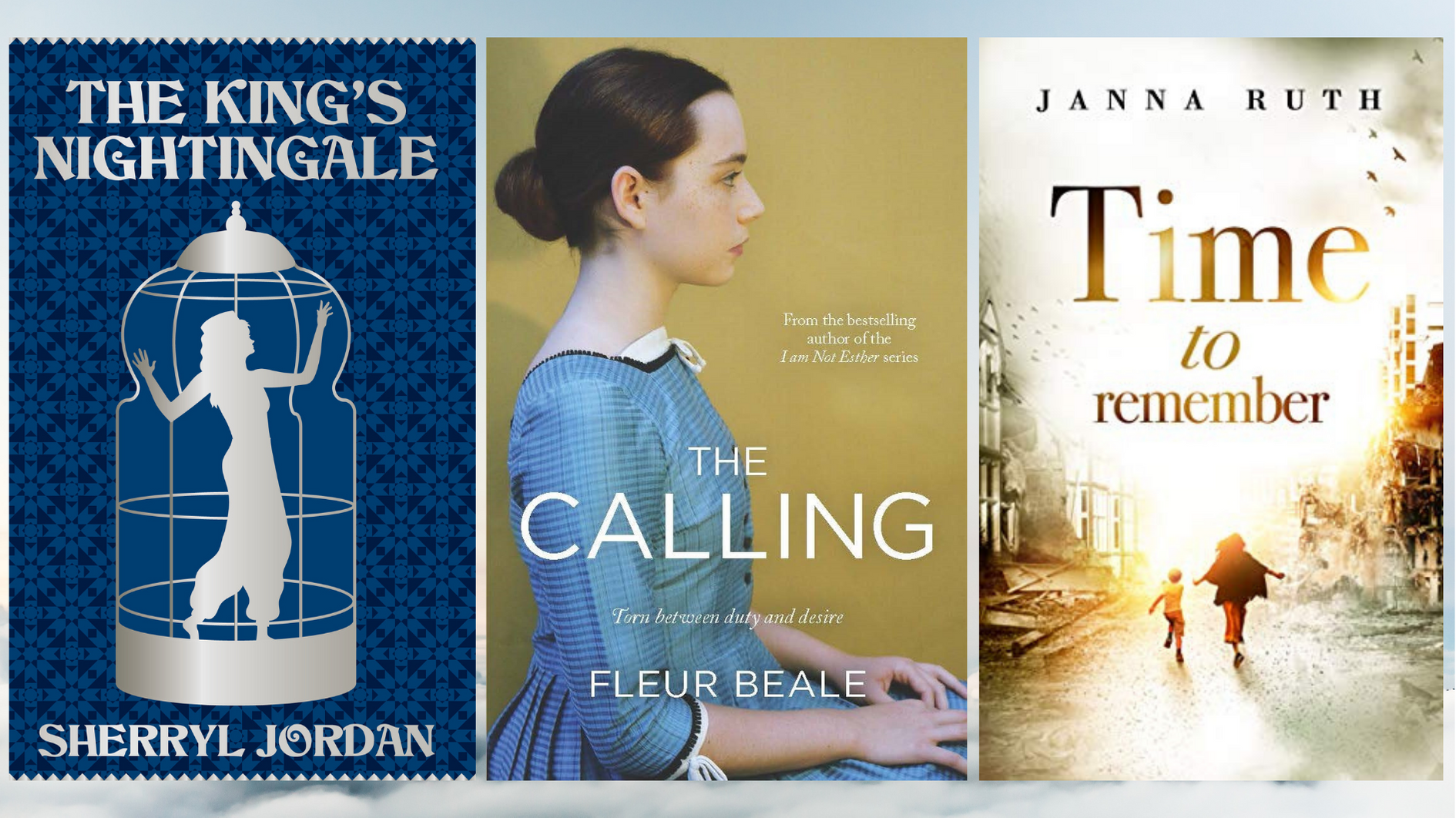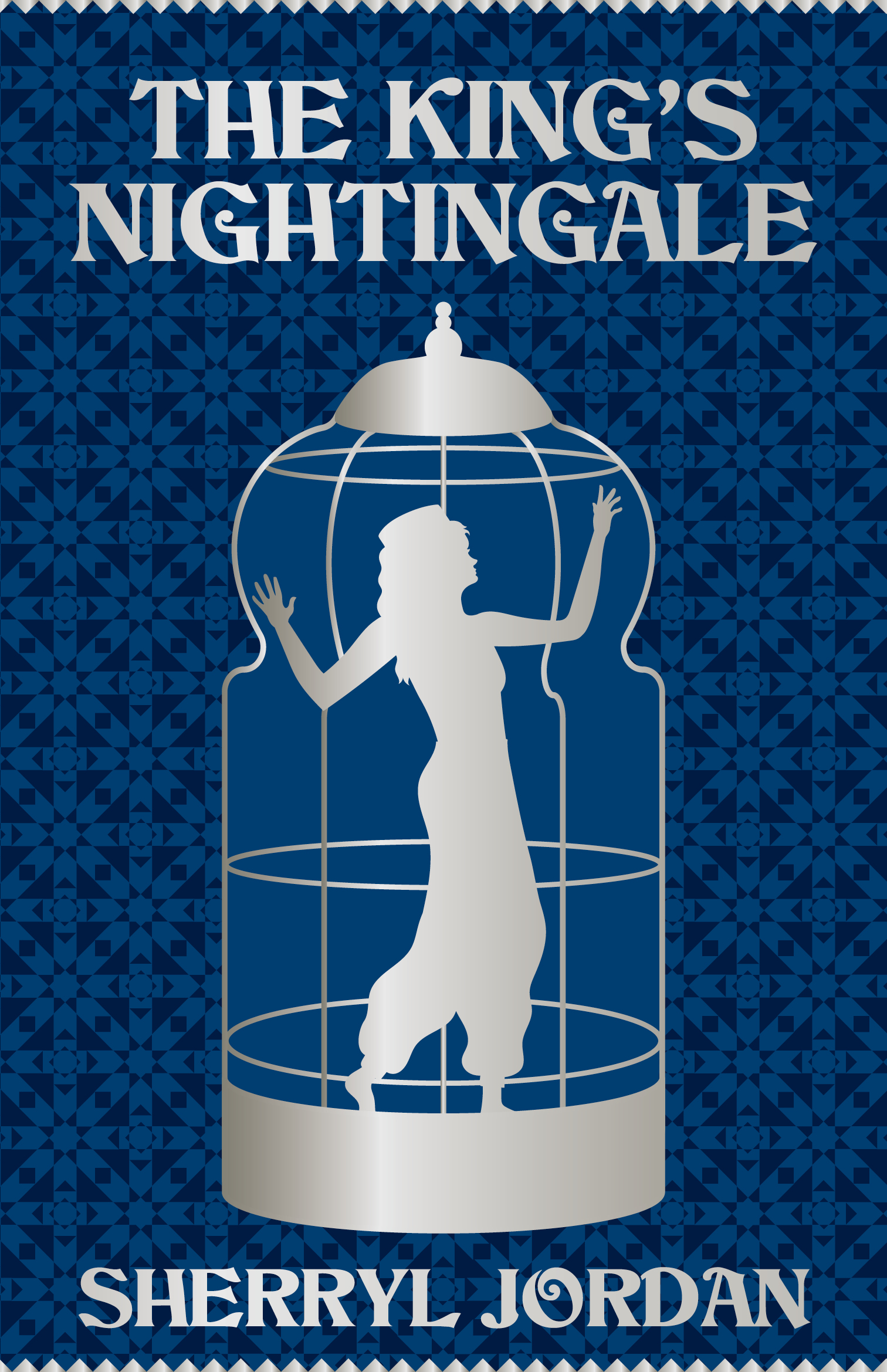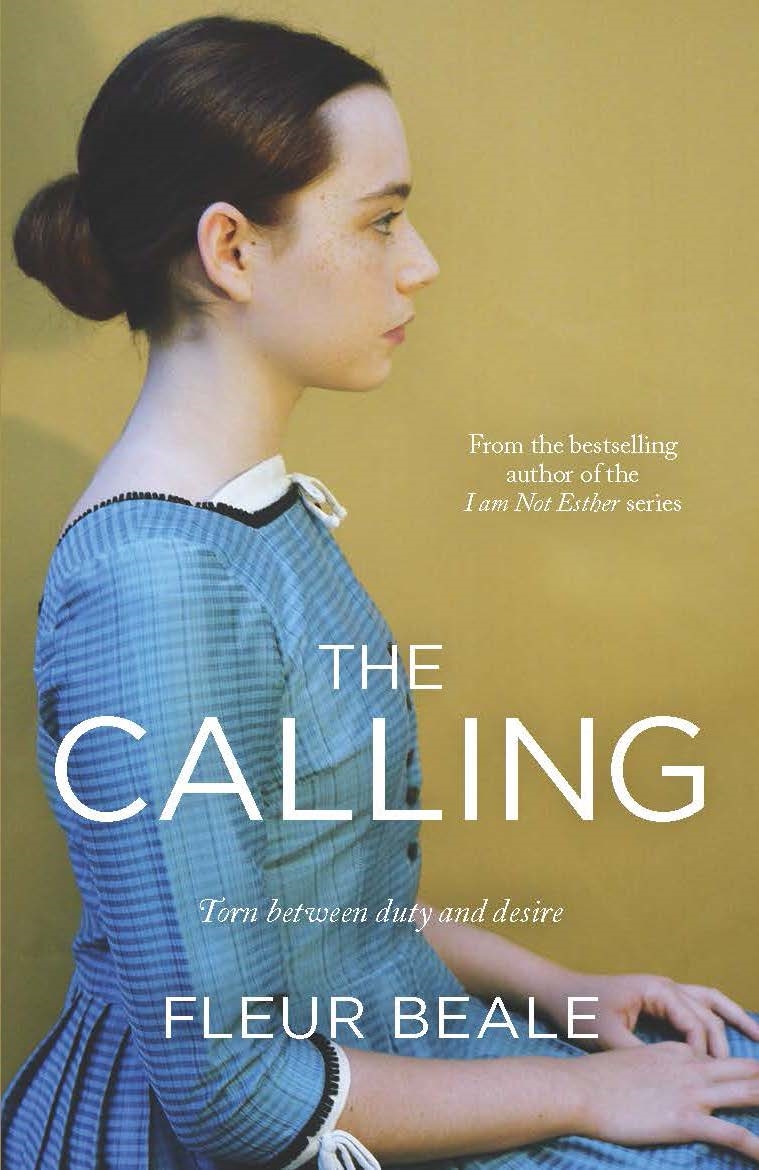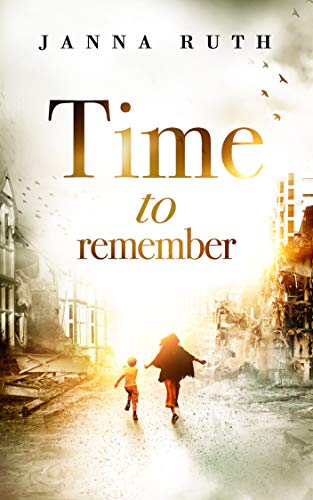The Sapling’s Sarah Forster reviews three fantastic new titles for teens: think epic fantasies and slave trades, tales of religious differences and big decisions, and revisiting and healing from trauma. But as different as these books may be from one another, one thing’s for sure—they’ll all have you turning page after page for more…

The King’s Nightingale by Sherryl Jordan (Scholastic NZ)
Sherryl Jordan is a powerful storyteller. Whatever world she chooses to create is there inside your head as you read. It is the power of her storytelling that makes her choice of topic so important.
In The King’s Nightingale, we are drawn straight into a slaver’s ship, as our main character Elowen and her brother Fisher suffer the horrors of becoming slaves. The rest of the first section gives us a sense of what normal life was like for those on the Penhallow Isles, and thus a sense of what they miss when they are taken to a new land.
Elowen and Fisher are white, and they have been captured by black slavers and taken to the port of Asaf to be sold. And here is where the reader is forced to start thinking. How important is race, and how important is history? It is not until the end of the book when we read the author’s note, that we understand that white slaves existed, as well as those of many other cultural backgrounds.
It is not until the end of the book when we read the author’s note, that we understand that white slaves existed, as well as those of many other cultural backgrounds.
The author’s note though, enumerates the number of white slaves as 1 million. There are no numbers lent to any of the other slave trades (12 million + according to google). This weighting infers that white slaves are in some way more precious than black slaves, an unfortunate assumption that cannot be shaken as we read the rest of the narrative.
Elowen has a gift, one that saves her from being damned to labour-based servitude like many others—she is a gifted singer. “As she watched people manacled and heard their pitiful cries, her despair gave way to a blazing rage, not only against her own pain, but against the intolerable suffering inflicted on her fellow slaves, on all the powerless women, the defeated men, the bewildered children… Taking a deep breath, struggling in the blistering air, she began to sing.”
Elowen sings, and a slave trader hears her. He purchases her, for a high price, but not her brother. His name is Afolabi, and he too is a slave, but a trusted one, who hand-selects the King of Al-Zafar’s slaves. She is to be taken to the palace, and learns she is to be the personal singer for the King. She sings him to sleep, to assuage the pain of his scars.
This weighting infers that white slaves are in some way more precious than black slaves, an unfortunate assumption that cannot be shaken as we read the rest of the narrative.
One thing that Jordan avoids is the attribution of moral value to the colour of one’s skin. The pirates who originally stole Elowen are simply described as dark-skinned, while those in the palace are more likely to be described as regal or noble. Where a person is evil, they will be described as evil, but without reference to skin tone. The most notable use of skin tone is as Elowen recognises other slaves who look like her and may speak the same language she speaks.
As Elowen’s story is told, she understands just how fortunate she is, and she settles into her life in the palace. She is never less than forthright, a quality not traditionally admired by men in the culture she finds herself in. She is also beset by malicious gossip, thanks to the jealousy of the King’s wives and some of his concubines. She is determined to be released so she can save her brother who was enslaved separately from her, and the only way for her to do this, is to appeal to the king to allow a ransom demand to be made for her.
One thing that Jordan avoids is the attribution of moral value to the colour of one’s skin.
I’m getting into spoilers here, so I won’t say more about the plot other than to say that Elowen is brave, honest, and admirable. She stands up for the weak in front of those much stronger than her.
There is also somewhat of a love story. It doesn’t overpower the narrative, which is centred wholly on Elowen, but it is important in a narrative with so little hope, to watch love between herself and another character grow.

The Calling by Fleur Beale (Penguin Books NZ) Released 6 April 2021
Fleur Beale is back, and in great form. The Calling is a tale of religious difference and big decisions, set in late 1800s New Zealand in a town called Mauriceville.
Molly is the only daughter in a family without a mother. She has four younger brothers, who she helps her father to raise. She is the only Catholic in the family, with the rest attending the Methodist church—her mother’s dying wish was for Molly to become a nun, a wish 15-year-old Molly is determined to fulfil.
As our book begins, her father suggests she marry Eddie, the blacksmith’s son—up until this point he has gone along with Molly’s choices, so she isn’t sure why he suddenly wants her to marry, until she hears some gossip. Her father is interested in a new woman, whom he refuses to let them meet. As they marry and Mama Doris comes to live with them, it becomes clear why her father wanted her gone—Doris doesn’t like Catholics. She burns Molly’s tokens and prayer cards one Sunday when Molly returns from Mass in Masterton, and Molly makes a rash decision.
Her mother’s dying wish was for Molly to become a nun, a wish 15-year-old Molly is determined to fulfil.
If the teen reader who picks this book up has no knowledge of religion or religious history—which they may well not—they would immediately be confused. Right now, if a Catholic were to wish to marry outside their faith, it is unlikely to raise too many eyebrows. However, in 1895, this was not the case. We weren’t Ireland or Scotland, but the charged religious background of colonisation had carved its differences. I felt that this may have fruitfully been the subject of a foreword.
Back to the plot—when she was 12, Molly had written to Mother Suzanne Aubert, who led the convent at Jerusalem (the one near Whanganui), to ask to become a supplicant. Aubert had written to her with a list of things she required to go to live with them, so with this in mind Molly packs for her trip. She sees two choices—marry or go to Mother Aubert. Marrying her father’s choice Eddie would mean destroying his family, because they are devout Methodists. She goes to Mother Aubert.
If the teen reader who picks this book up has no knowledge of religion or religious history—which they may well not—they would immediately be confused.
Molly has no transport, so she walks there, coming across a familiar face who helps her on the way—one Father Niall Farrelly. We meet him again and again throughout the narrative, each time he acts terrified, building a sense of suspense around why she has this reaction on him. She settles into life at the convent, but isn’t able to become a Novice, as she is too young to do so without her parents’ permission. After meeting her on the train, we see Mother Suzanne Aubert accepting a child to be fostered by the nuns and learn more about her medicines.
Because Mother Aubert and her mission cared for Māori who needed help to heal them, one of the first lessons she takes is learning how to speak the Māori language. “Now dear chicks, some new sentences about health. Ka pēhea te roa o tōu mate? How long have you been ill?” Molly is initially frightened of the tattooed faces, but soon finds herself at home at the marae, and ministering to those who were unwell.
Because Mother Aubert and her mission cared for Māori who needed help to heal them, one of the first lessons [Molly] takes is learning how to speak the Māori language.
This is a book about choices, both rash and considered. It’s about familial ties, and fraternal ties. It is a women’s history book—nun or wife, which would you choose? But changes do come for women, as they get the vote, and some spaces open to them which were once closed. It’s also about parents who make the wrong decisions, and about the ability for them to heal and change their minds.
I can see this book finding a home with many teens, but especially as an assigned text for religious secondary schools, as a valuable and beautifully told story of a time when your gender limited the possibilities of your life. Recommended.

Time to Remember by Janna Ruth
This book was completed by author Janna Ruth before 2019 had ended—set just slightly in the future, bringing us up to the current time with the focus of the 10 year anniversary since the Christchurch earthquake. When 2020 arrived bearing the unwanted burden of COVID-19, the author rewrote swathes of her novel to reflect the truth of the year that happened. That is epic!
Time to Remember tells the story of Josh primarily, and secondarily that of Natalie, his friends and flatmates Aidan and Ben, and her flatmates Abby, Manaia, and Jette. The boys are a little older than the girls, and they are intertwined by relationships, with Josh in a relationship with Lauryn (who goes and lives with him), and Natalie in a relationship with Aidan as the book begins. They are also connected by their work together on Canta, the student newspaper of Canterbury University.
When 2020 arrived bearing the unwanted burden of COVID-19, the author rewrote swathes of her novel to reflect the truth of the year that happened. That is epic!
Reading this as somebody who works at a University was eerie—as the students went online with their lectures, I was right there working with them. As international student Jette realised she wasn’t going to be able to leave due to COVID-19, I was writing the messaging to international students from my own university.
She has the idea to gather student stories, about their Canterbury Earthquake experiences, for a special issue in September 2020—10 years after the first big quake. Her co-writer Josh, however, has a very negative reaction to this, abusing her for even thinking of it—but others think it is a good idea, and the call goes out nonetheless.
The novel opens with a small earthquake, which we observe Josh’s reaction to as we begin reading—he holds a glass so hard it cracks. “He knew his hands would start shaking the moment he let go of the glass…With Aidan’s attention elsewhere, Josh put the glass down and grabbed a beer from the fridge instead.”
Reading this as somebody who works at a University was eerie—as the students went online with their lectures, I was right there working with them.
We are several chapters in before we find out what Josh’s story is, provided by Natalie googling his name. We learn that Josh has PTSD from the big quakes and that he self-medicates with beer. As he and Natalie begin to clear the air between them, ditching people that were not good for them and beginning a new relationship, he starts to see why it is important that others have their stories about the earthquakes heard.
While at times the writing in Time to Remember falls into cliche, the plot and structure is excellent, and the pace spot on. There wasn’t a moment while I was reading that I didn’t feel as though I was watching these students’ lives play out. I could see them walking from building to building, partying, and writing essays, drinking, and carrying on their lives. We could see the motivations of the characters, we hated some, loved others—it is a really well done snapshot of time.
There wasn’t a moment while I was reading that I didn’t feel as though I was watching these students’ lives play out.
However, there was one thing missing. In March 2019, at Al Noor Mosque in Riccarton and the Linwood Muslim Centre, a white supremacist murdered 51 muslims at prayer, and injured 40. This had an enormous impact on the people of Christchurch. As writers for Canta, we would reasonably expect these students to not only know about this, but commemorate those who died in the magazine in March 2020. I was surprised to see nothing was included in the book, but on checking Canta online for last year, I was even more disappointed to see that indeed, nothing was mentioned (at least online, I was unable to source print editions). I wonder if there was any debate at Canta amongst the writers about an article about this.
I would recommend this title for older teens and students, as an easy to read and compelling narrative of trauma, and healing, relationships, and life changes.


Sarah Forster has worked in the New Zealand book industry for 15 years, in roles promoting Aotearoa’s best authors and books. She has a Diploma in Publishing from Whitireia Polytechnic, and a BA (Hons) in History and Philosophy from the University of Otago. She was born in Winton, grew up in Westport, and lives in Wellington. She was a judge of the New Zealand Book Awards for Children and Young Adults in 2017. Her day job is as a Senior Communications Advisor—Content for Te Herenga Waka—Victoria University of Wellington.



